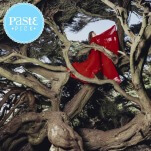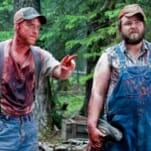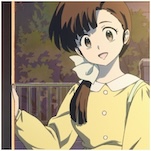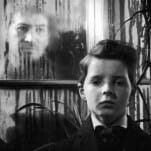Tasting Three New “Double Barrel,” Twice-Aged Whiskeys
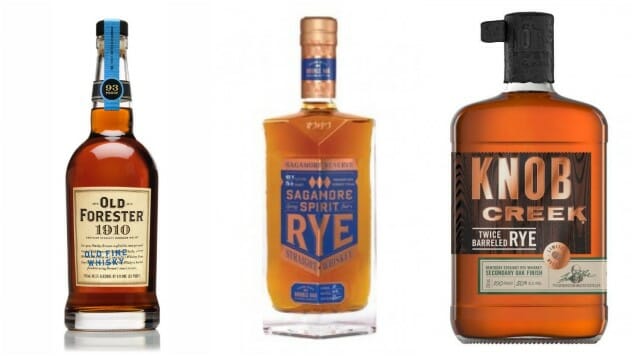
When you receive enough press samples, sometimes you’re lucky enough to be able to ID an “industry trend” as it emerges in real time. Case in point: “Double barreled” American whiskeys are not necessarily a new concept, at least within the bourbon sphere, but they’re pretty rare elsewhere. Taking an already aged spirit and sticking it into a second, freshly charred barrel has the potential to impart some unique characteristics, owing to a “re-energizing” of the aging process itself. This increased barrel character, which you’d expect to come forth as a more intense wood, “char” and spice presence, seems like a natural fit for small-batch bourbon. But rye whiskey? That’s a bit more unique.
So, when I realized that I had not one but two “double barrel” rye samples on hand—plus an additional double barrel bourbon that’s also pretty new on the market—it seemed like an obvious invitation to sample the three side by side.
The whiskeys in question are the following:
— Sagamore Spirit Double Oak Rye Whiskey, a four-year rye whiskey with a $60 MSRP.
— Knob Creek Twice Barreled Rye, a non-age statement (“up to nine years”) rye whiskey with a $45 MSRP.
— Old Forester 1910 Old Fine Whisky, a four-year bourbon aged in heavily charred barrels for an additional 6-9 months, with a $55 MSRP.
It’s interesting to see the range of ages and prices available here—no surprise that Sagamore is the highest, given that this is a much smaller distillery than the likes of Beam. I sat down to taste all three side by side, in order to see what kind of effect the “double barrel” experience would have on each, and the results were illuminating.
-

-

-

-

-

-

-

-

-

-

-

-

-

-

-

-

-

-

-

-

-

-

-

-

-

-

-

-

-

-

-

-

-

-

-

-

-

-

-

-

































